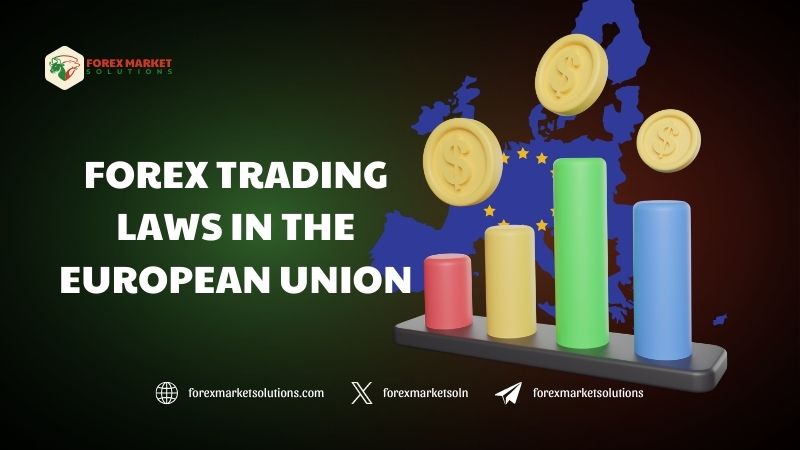Forex trading, the global exchange of currencies, attracts millions of traders seeking to profit from price fluctuations. In 2025, the European Union (EU) remains a key hub for this activity, offering a robust yet complex regulatory framework that shapes how traders and brokers operate. Understanding Forex trading laws in the European Union is essential for anyone looking to participate in this market, as these regulations ensure transparency, protect investors, and maintain financial stability.
This article provides a comprehensive overview of the EU’s Forex trading laws, exploring their origins, key components, and practical implications for traders. Whether you’re a beginner or an experienced trader, grasping these rules will help you navigate the market confidently and compliantly in the ever-evolving financial landscape of 2025.
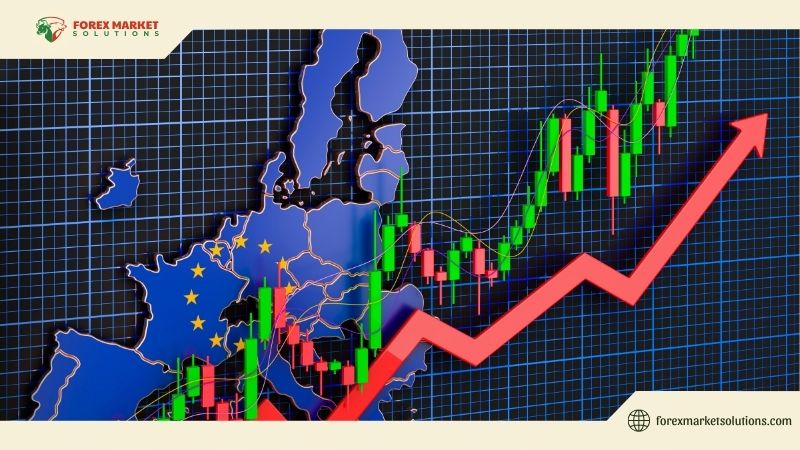
The Foundation of Forex Regulation in the EU
The EU’s approach to Forex trading is rooted in its commitment to creating a unified, secure financial market across its member states. At the heart of this system is the Markets in Financial Instruments Directive (MiFID II), introduced in 2018 and continuously refined to address modern challenges. MiFID II establishes a harmonized framework that governs financial services, including Forex, ensuring that brokers adhere to strict standards of transparency and investor protection. By 2025, this directive remains the cornerstone of Forex trading laws in the European Union, providing a consistent legal baseline for all 27 member states.
Complementing MiFID II is the European Securities and Markets Authority (ESMA), an EU-wide regulator tasked with overseeing financial markets. ESMA plays a pivotal role in enforcing Forex trading laws, issuing guidelines, and intervening when necessary to safeguard retail traders. Its influence extends to setting leverage limits, mandating risk warnings, and ensuring brokers operate fairly. Together, MiFID II and ESMA create a dual-layered system—EU-level directives paired with national enforcement—designed to balance innovation with security in the Forex market.
Key Components of Forex Trading Laws
The Forex trading laws in the European Union encompass several critical elements that shape the trading environment. One of the most prominent is leverage restrictions, introduced by ESMA in 2018 and still in effect in 2025. Retail traders face a maximum leverage of 30:1 on major currency pairs like EUR/USD, dropping to 20:1 for minor pairs and even lower for exotic pairs. This measure aims to reduce the risk of significant losses, particularly for inexperienced traders who might otherwise overextend their positions. While professional traders can opt out of these limits, retail clients must comply, reflecting the EU’s focus on consumer protection.
Another cornerstone is the requirement for client fund segregation. Brokers operating under EU laws must keep traders’ funds in separate accounts from their own operational capital, ensuring that client money remains safe even if the broker faces financial difficulties. This rule, enforced by national regulators like Cyprus’s CySEC or Germany’s BaFin, builds trust and stability in the market. Additionally, brokers must participate in Investor Compensation Funds (ICFs), which offer up to €20,000 in coverage per client in case of insolvency—a safety net that underscores the protective nature of these regulations.
Transparency is equally vital. Forex brokers must provide clear information about fees, spreads, and risks, avoiding misleading claims or promises of guaranteed profits. This openness extends to trade execution, where brokers are required to act in their clients’ best interests, a principle known as “best execution.” In 2025, these standards remain non-negotiable, with ESMA and national authorities conducting regular audits to ensure compliance. Together, these components form a robust framework that prioritizes fairness and accountability in Forex trading across the EU.
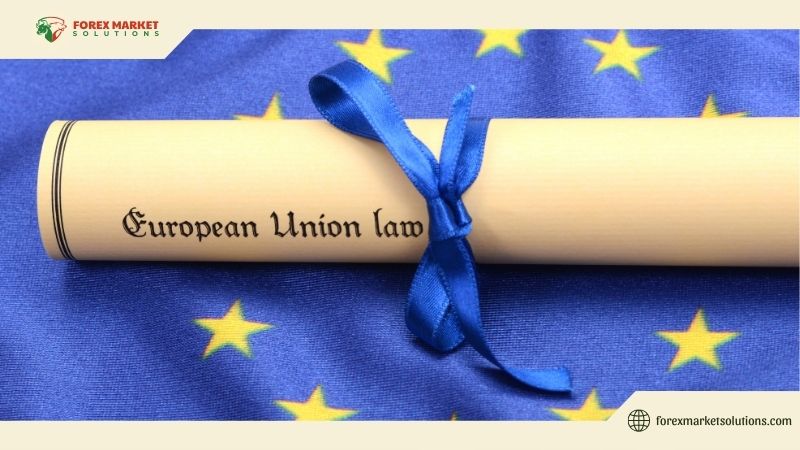
National Variations Within the EU Framework
While MiFID II provides a unified foundation, Forex trading laws in the European Union allow for some variation at the national level, as each member state implements the directive according to its legal system. For example, Cyprus, a popular hub for Forex brokers, is regulated by the Cyprus Securities and Exchange Commission (CySEC). CySEC aligns with EU standards but offers a relatively streamlined licensing process and a favorable tax rate of 12.5%, attracting many firms. This flexibility, paired with the ability to “passport” services across the EU, makes Cyprus a standout jurisdiction in 2025.
In contrast, Germany’s Federal Financial Supervisory Authority (BaFin) enforces stricter oversight, reflecting the country’s rigorous financial culture. BaFin requires brokers to maintain higher operational capital and undergo detailed scrutiny, ensuring a high level of reliability. France’s Autorité des Marchés Financiers (AMF) takes a similar approach, emphasizing consumer protection and cracking down on unlicensed operators. These national regulators adapt EU directives to local contexts, creating a tapestry of enforcement that balances uniformity with diversity. Traders must consider these differences when choosing a broker, as the jurisdiction can influence everything from leverage options to dispute resolution processes.
Forex Trading Laws in the European Union: Compliance and Challenges
Compliance with Forex trading laws in the European Union is a dynamic process, especially as the market evolves in 2025. Brokers face stringent requirements to obtain and maintain a license, including a minimum capital threshold—often €730,000 for full investment firms—along with qualified staff and robust risk management systems. These hurdles ensure that only reputable firms operate, but they also pose challenges for smaller startups trying to enter the market. The cost and complexity of compliance can be daunting, yet they’re necessary to uphold the EU’s high standards.
For traders, the laws present both opportunities and limitations. The leverage caps, while protective, may frustrate those seeking higher risk-reward ratios, pushing some to explore brokers outside the EU. However, this comes with risks, as non-EU platforms may lack the same level of oversight and fund protection. Another challenge is the evolving regulatory landscape—new rules, such as those addressing cryptocurrency pairs or environmental sustainability, could emerge in 2025, requiring traders and brokers to stay agile. Despite these hurdles, the EU’s framework offers a secure environment, making compliance a worthwhile trade-off for long-term stability.
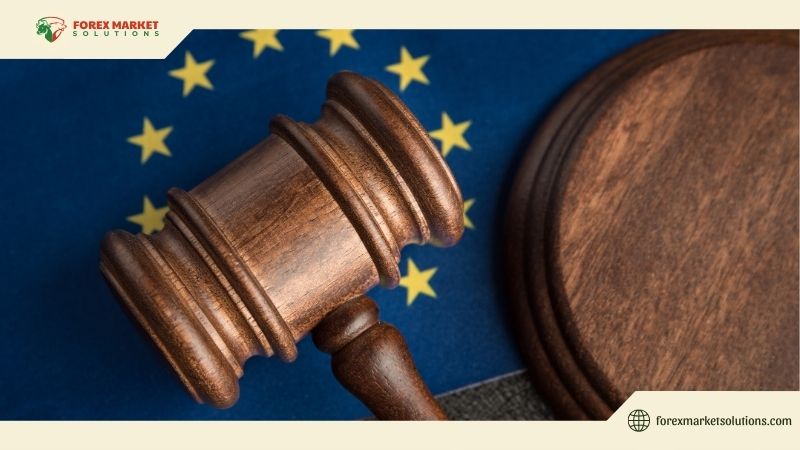
The Role of ESMA in Shaping Forex Trading
ESMA’s influence on Forex trading laws in the European Union cannot be overstated. Beyond leverage limits, the authority enforces measures like negative balance protection, ensuring traders don’t lose more than their account balance—a critical safeguard in volatile markets. In 2025, ESMA continues to refine its approach, responding to technological advancements like algorithmic trading and the rise of retail trading apps. Its temporary interventions, renewable every three months under MiFIR (Markets in Financial Instruments Regulation), allow rapid responses to emerging risks, keeping the market adaptable yet secure.
ESMA also promotes transparency through mandatory risk disclosures. Brokers must display standardized warnings—such as “74-89% of retail investor accounts lose money when trading CFDs”—to educate traders about potential losses. This emphasis on informed decision-making aligns with the EU’s broader goal of financial literacy, empowering individuals to trade responsibly. By setting these standards, ESMA ensures that Forex trading remains a viable, regulated activity across the EU, balancing innovation with investor safety.
The Future of Forex Regulation in 2025
Looking ahead, Forex trading laws in the European Union are likely to evolve in response to global trends and regional priorities. The integration of sustainable finance principles, spurred by the EU’s Green Deal, could influence Forex regulations, potentially prioritizing brokers with eco-friendly practices. The rise of digital currencies and DeFi (decentralized finance) may also prompt updates, as regulators grapple with how to oversee crypto-Forex pairs within the existing framework. MiCA (Markets in Crypto-Assets Regulation), fully effective by late 2024, sets a precedent that could spill over into Forex rules by 2025.
Technological innovation will further shape the landscape. Artificial intelligence and mobile trading platforms are becoming mainstream, and regulators may introduce guidelines to ensure these tools don’t exacerbate risks for retail traders. Meanwhile, geopolitical shifts—like trade agreements or economic policies—could impact currency volatility, prompting ESMA to adjust leverage or reporting requirements. For traders, staying informed about these changes is crucial to remaining compliant and competitive in the EU’s regulated market.
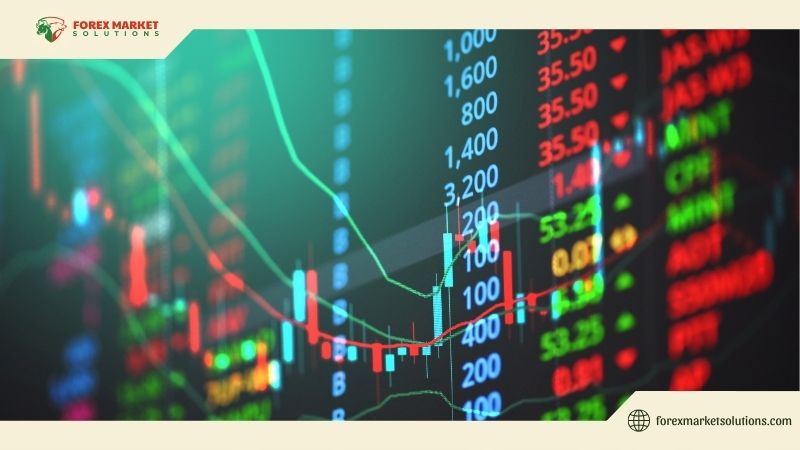
Trading Smart in the EU
Understanding Forex trading laws in the European Union is the first step to thriving in this regulated yet opportunity-rich market. From MiFID II’s unified standards to ESMA’s protective measures and national variations, these laws create a secure environment that prioritizes transparency and fairness. In 2025, as the EU adapts to technological and economic shifts, traders must embrace these regulations as a foundation for success rather than a barrier. By choosing licensed brokers, respecting leverage limits, and staying updated on evolving rules, you can trade with confidence and build a sustainable strategy.
Ready to dive deeper into Forex trading in the EU? Follow Forex Market Solutions for expert insights, regulatory updates, and practical tips to elevate your trading journey. Stay informed, stay compliant, and unlock your potential today!
